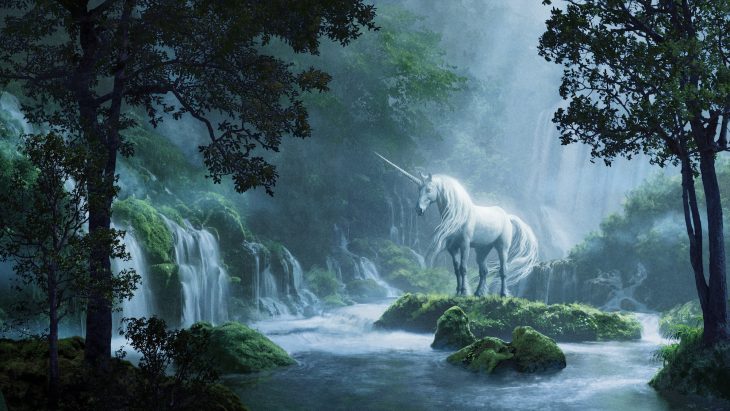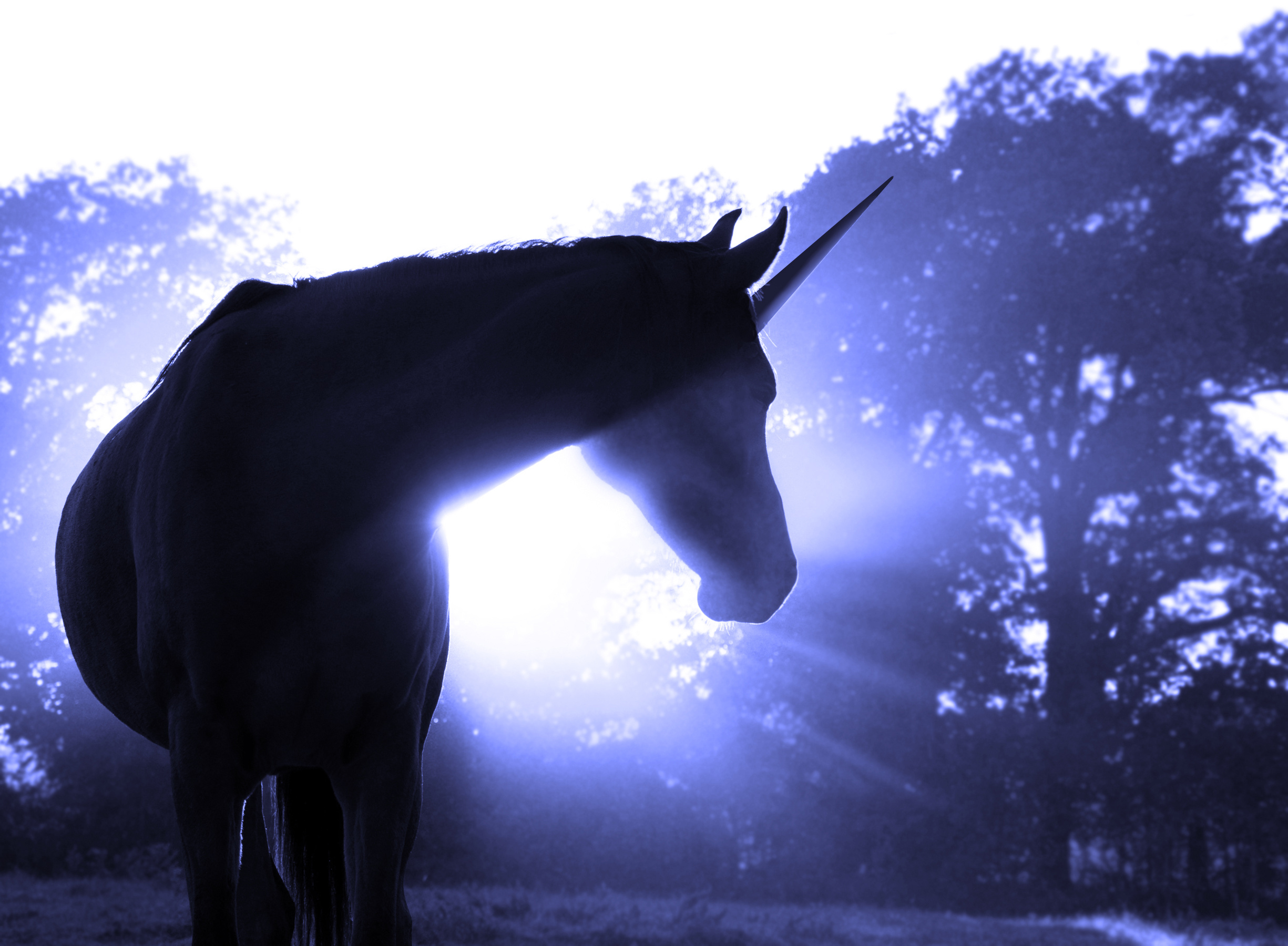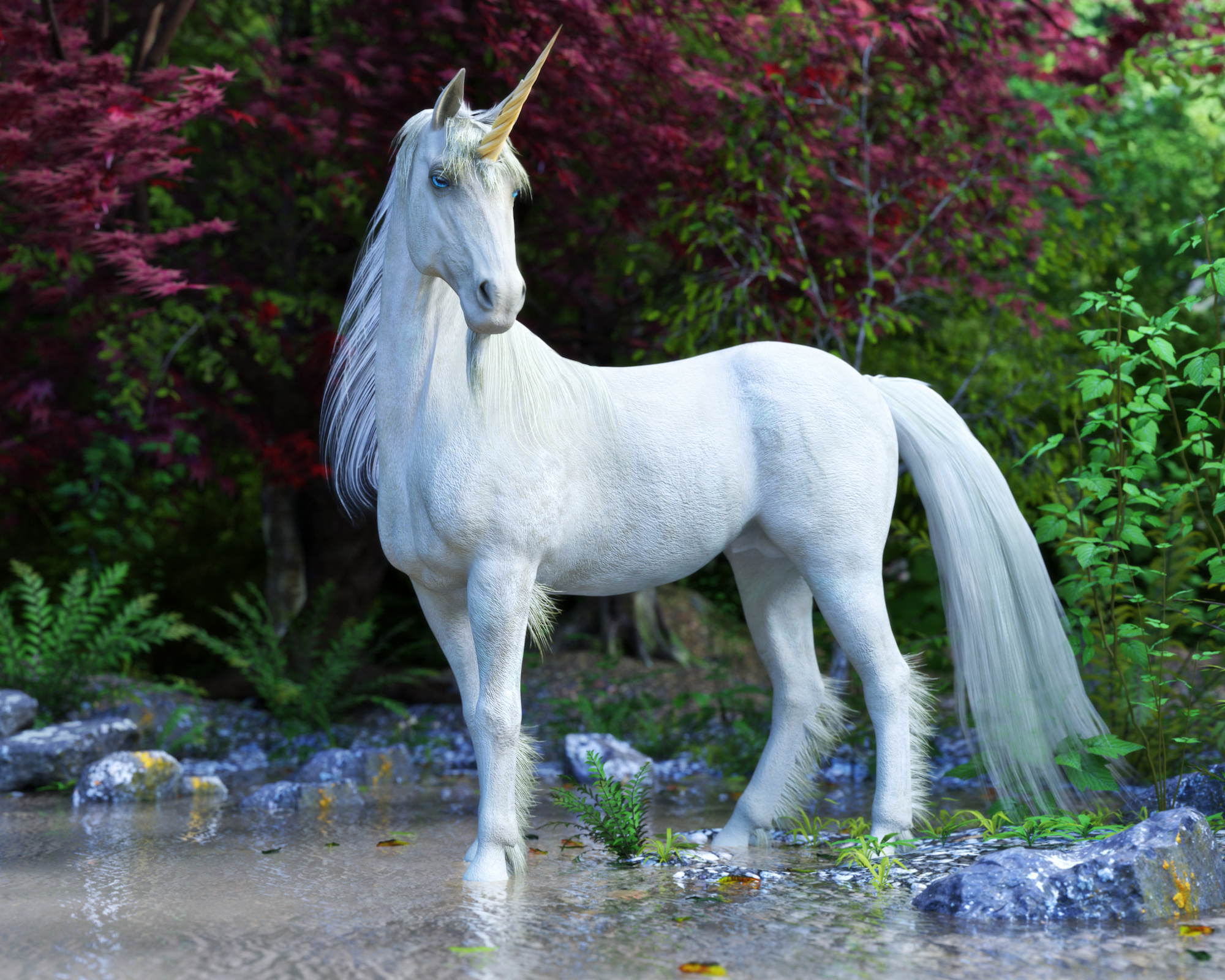
Welcome to unicorn land, where fantasies come true and that special sparkle of magic is in the air! If you’re a fan of mythical creatures or simply looking for a delightful dose of interesting facts about one of the world’s most beloved mythical creatures, you’ve come to the right place. Here, we share with you 17 must-know facts about unicorns: from their majestic physical appearances to folklore traditions and legends surrounding them… It’s enough knowledge and curiosity to keep anyone enchanted by these fantastical subjects. Read on to find out why unicorns have been worshipped as symbols throughout history—and why they continue to live in our hearts today!
Ancient Depictions
The earliest depictions of unicorns date back to the Bronze Age. The Indus Valley Civilization (modern Pakistan and Northwest India) left behind seals illustrating unicorns over 4,000 years ago.
Etymology
The term “unicorn” comes from the Latin “unicornis,” which translates to “single-horned.” It’s a combination of the words “unus” (one) and “cornu” (horn).
Biblical References
The unicorn is mentioned several times in the Bible, although it’s believed that the term was used to refer to a now-extinct species of wild ox.
Symbolism
Throughout history, the unicorn has been a symbol of purity, grace, and power. The majestic image of a single-horned horse has been used to represent high ideals and spiritual growth.

The Unicorn in Heraldry
In heraldry, the field of designing and studying coats of arms, the unicorn is a common symbol, representing strength, purity, and chivalry. It’s even found in the Royal Coat of Arms for the United Kingdom!
Unicorns in Literature
Unicorns have a significant presence in literature, from ancient texts to modern-day fantasy novels. They often symbolize magic, mystery, and wonder.
A Point of Debate
There’s been historical debate about whether unicorns could be a misinterpretation of existing animals. Some scholars argue that accounts of unicorns were based on sightings of rhinoceroses or antelopes.
Scotland’s National Animal
Yes, you read that right! The unicorn is the national animal of Scotland, symbolizing purity, innocence, masculinity, and power.
Unicorns in Art
Unicorns have been a popular subject in art for centuries, often depicted beside bodies of water in serene, forested settings.

Unicorn Tapestries
The Unicorn Tapestries, a series of seven intricate tapestries from the 15th century, are among the most beautiful and complex representations of unicorns in art.
The Healing Horn
In medieval lore, a unicorn’s horn, or “alicorn,” was said to have the power to heal sickness and purify water.
Unicorns in Pop Culture
Unicorns are ubiquitous in pop culture, gracing everything from children’s books and animated movies to logos and digital media.
Unicorns in Business
In business jargon, a “unicorn” is a privately held startup company valued at over billion.
Connection to the Moon
In many cultures, the unicorn is associated with the moon, signifying mystery, femininity, and intuition.
The Opposite of Unicorns
Did you know there’s an opposite to the unicorn? The bicorn is a mythological creature depicted with two horns.
The Unicorn and the Virgin
In mythology and medieval allegories, the unicorn is often associated with virginity. In many tales, the creature can only be tamed by a pure maiden.
Unicorns in Fantasy Fiction
Unicorns feature heavily in fantasy fiction, including popular franchises like “Harry Potter“, “The Chronicles of Narnia”, and “The Last Unicorn”.
Conclusion
We hope you enjoyed learning about these 17 must-know facts about unicorns. From their majestic physical appearances to the folklore traditions and legends surrounding them, unicorns truly are an iconic creature that has left a lasting impression on our culture. But sadly, they remain just that: mythical creatures living in fantasy lands where only our imaginations can take us. Perhaps one day we will know the full truth behind unicorns, but until then we will have to keep ourselves content with what folklore and tradition have left us. Regardless of whether or not they actually exist, it is clear why we still honor and cherish these fascinating creatures today—to remind us of dreams, possibility, and courage. After all, isn’t that why we love unicorns so much?
Was this page helpful?
Our commitment to delivering trustworthy and engaging content is at the heart of what we do. Each fact on our site is contributed by real users like you, bringing a wealth of diverse insights and information. To ensure the highest standards of accuracy and reliability, our dedicated editors meticulously review each submission. This process guarantees that the facts we share are not only fascinating but also credible. Trust in our commitment to quality and authenticity as you explore and learn with us.


